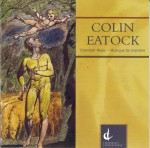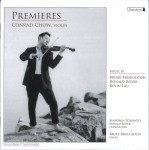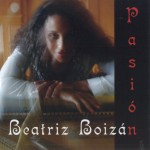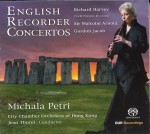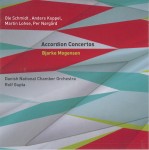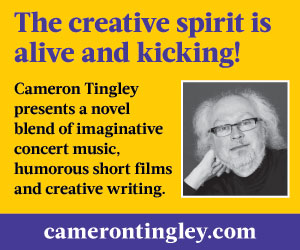Bouliane; Gougeon; Rea Joseph Petric; Nouvel Ensemble Moderne; Lorraine Vaillancourt
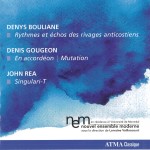 Bouliane; Gougeon; Rea Joseph Petric;
Bouliane; Gougeon; Rea Joseph Petric;
Nouvel Ensemble Moderne;
Lorraine Vaillancourt
ATMA ACD2 2395
Lorraine Vaillancourt and the Nouvel Ensemble Moderne (NEM) deliver a vibrant performance in this most recent of an ongoing series of releases celebrating the new music of Montreal. Equally precise and passionate, they play the music like they own it.
Denys Bouliane’s Rythmes et échos des rivages anticostiens is an exciting work based on his imagined historical reconstruction of the music of Anticosti Island. The composer is particularly interested in the encounter between European and First Nations cultures, a project in which he brings to bear both his European academic background and more recent research into First Nations music. Sophisticated use of devices such as simple repetition achieve highly complex results, propelling the piece though an intense and inventive timbral tour of the NEM’s resources.
In En accordéon, Denis Gougeon, the self-described “knitter of sounds,” bases his ideas on the alternating squeezing and stretching of the accordion’s bellows. Dramatic gestures abound in this contemporary rendition of the classic concerto genre, as Joseph Petric’s virtuosic passage work and the silvery tone of his accordion are juxtaposed and combined with the sound of the ensemble. In Mutation, the composer’s use of musical gesture lengthens to encompass the entire work, giving it a strong sense of sweep and clarity.
John Rea’s fascination with music’s essential foundation, time, connects him with György Ligeti, to whom his piece Singulari-T is dedicated in its subtitle. Listeners will be fascinated to follow various musical manipulations of our sense of time: from metronomically steady, speeding up or slowing down, to irregular and unpredictable. At certain moments, some tendency reaches a breaking point and everything suddenly changes.
In all, a highly recommended album.


